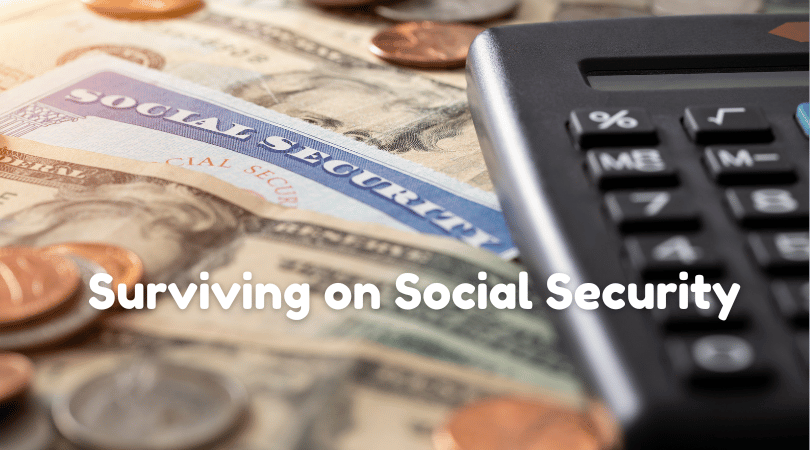A USA Today article highlights the tragic case of a senior citizen who became homeless and died shortly after, illustrating the struggles of living solely on a Social Security income of $1,800 per month. The cost of living in the U.S. can make this amount insufficient to cover basic necessities like rent, food, and healthcare, a particularly alarming fact since roughly one-third of Baby Boomers consider Social Security their primary source of retirement income. It’s vital for seniors to stay mentally and socially engaged through activities, which can improve their emotional well-being and reduce isolation.
The article highlighted a that a senior citizen relied solely on her Social Security income of $1800 per month, and it begs the question: is it even possible to survive on that amount in the United States today? The cost of living varies significantly across the country, but in many areas, $1800 would not be sufficient to cover basic necessities like rent, food, and healthcare. It’s important to make sure they can take part in all senior living scheduled activities they’re interested in to keep them mentally active and socially connected. These programs can greatly improve emotional well-being and reduce feelings of isolation.
According to the U.S. Census Bureau, there are approximately 76.4 million baby boomers (born between 1946-1964) in the United States. This is alarming considering that studies indicate that roughly a third of baby boomers consider Social Security their primary source of retirement income.
Monthly Social Security Survival Budget
This is a basic budget showing how a senior might live on $1,800 per month. Actual costs will vary by location and individual needs.
- Housing: $800
- Covers a small apartment, shared living, or subsidized housing.
- Location Ideas: Parts of Texas (San Antonio, Austin, El Paso) and Florida (Gainesville, Tallahassee, Pensacola) offer more affordable options outside major cities.
- Food: $400
- Includes groceries and occasional dining out.
- Cost-Saving Tips: Meal planning, bulk buying, cooking at home, and using senior discounts.
- Utilities: $150
- Covers electricity, gas, water, and internet.
- Cost-Saving Tips: Unplug electronics when not in use, use energy-efficient appliances, and consider sharing internet with a neighbor.
- Transportation: $100
- Includes bus passes, gas, or ride-sharing.
- Cost-Saving Tips: Walk or bike when possible, utilize public transportation, and carpool.
- Healthcare: $150
- Covers prescriptions, doctor visits, and over-the-counter medications.
- Cost-Saving Tips: Use Medicare/Medicaid, opt for generic medications, and use prescription discount cards.
- Personal Care: $50
- Covers toiletries, hygiene products, and clothing.
- Cost-Saving Tips: Shop sales, buy in bulk, and consider thrift stores.
- Entertainment/Social: $100
- Includes hobbies, social activities, and more.
- Cost-Saving Tips: Enjoy free activities at parks and libraries.
- Free activities: Parks, libraries, community events. Some senior living communities offer free lifestyle events for senior residents that support engagement and routine. Participating can reduce isolation without increasing monthly costs.
Important Considerations
- Location: The cost of living differs significantly across the country. Rural areas and milder climates are often more affordable.
- Emergency Fund: An emergency fund is essential for unexpected expenses.
- Government Assistance: Seniors may be eligible for programs like Supplemental Security Income (SSI), Food Stamps (SNAP), Medicaid, and low-income housing assistance.
This is a simplified example, and it is crucial to create a personalized budget. It is highly recommended to consult a financial advisor or social worker for guidance and to access available resources.




